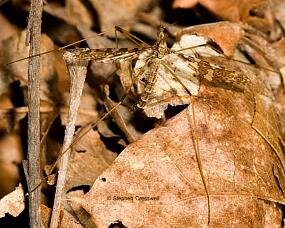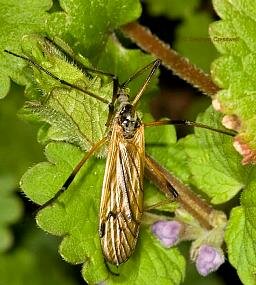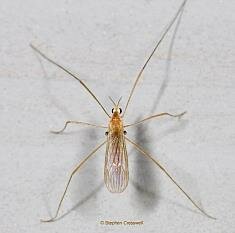
|
| Limoniinae Limonia duplicata |

|
| Limoniinae Limonia immatura |

|
| Limoniinae Limonia indigena |

|
| Limoniinae Limonia liberta |

|
| Pediciinae Pedicia auripennis |

|
| Pediciinae Pedicia inconstans |

|
| Limnophilinae Epiphragma fasciapenne |

|
| Limnophilinae Epiphragma solatrix |

|
| Limnophilinae Limnophila rufibasis |

|
| Chioneinae Erioptera caliptera |

|
| Chioneinae Erioptera septemtrionis |

|
| Chioneinae Erioptera venusta |

|
| Chioneinae Gnophomyia tristissima |

|
| Chioneinae Gonomyia sp. |

|
| Chioneinae Neocladura delicatula |

|
| Chioneinae Toxorhina sp. |

